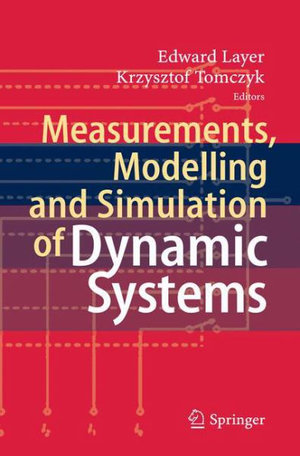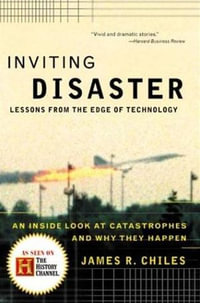
eTEXT
Measurements, Modelling and Simulation of Dynamic Systems
By: Edward Layer, ?Krzysztof Tomczyk
eText | 30 December 2009 | Edition Number 1
At a Glance
eText
$239.00
or
Instant online reading in your Booktopia eTextbook Library *
Read online on
Desktop
Tablet
Mobile
Not downloadable to your eReader or an app
Why choose an eTextbook?
Instant Access *
Purchase and read your book immediately
Read Aloud
Listen and follow along as Bookshelf reads to you
Study Tools
Built-in study tools like highlights and more
* eTextbooks are not downloadable to your eReader or an app and can be accessed via web browsers only. You must be connected to the internet and have no technical issues with your device or browser that could prevent the eTextbook from operating.
ISBN: 9783642045882
ISBN-10: 364204588X
Published: 30th December 2009
Format: PDF
Language: English
Publisher: Springer Nature
Edition Number: 1
You Can Find This eBook In
Non-FictionComputing & I.T.Computer ScienceArtificial IntelligenceDigital Lifestyle & Online World: Consumer & User GuidesInternet Guides & Online ServicesMathematicsApplied MathematicsReference, Information & Interdisciplinary SubjectsResearch & InformationInformation theoryCybernetics & Systems Theory
This product is categorised by
- Non-FictionComputing & I.T.Computer ScienceArtificial Intelligence
- Non-FictionComputing & I.T.Digital Lifestyle & Online World: Consumer & User GuidesInternet Guides & Online Services
- Non-FictionMathematicsApplied Mathematics
- Non-FictionReference, Information & Interdisciplinary SubjectsResearch & InformationInformation theoryCybernetics & Systems Theory
- Non-FictionEngineering & TechnologyElectronics & Communications EngineeringElectronics Engineering
- Non-FictionEngineering & TechnologyTechnology in GeneralEngineering in General
- Non-FictionEngineering & TechnologyMechanical Engineering & MaterialsProduction & Industrial Engineering
- Non-FictionComputing & I.T.Computer Networking & Communications























